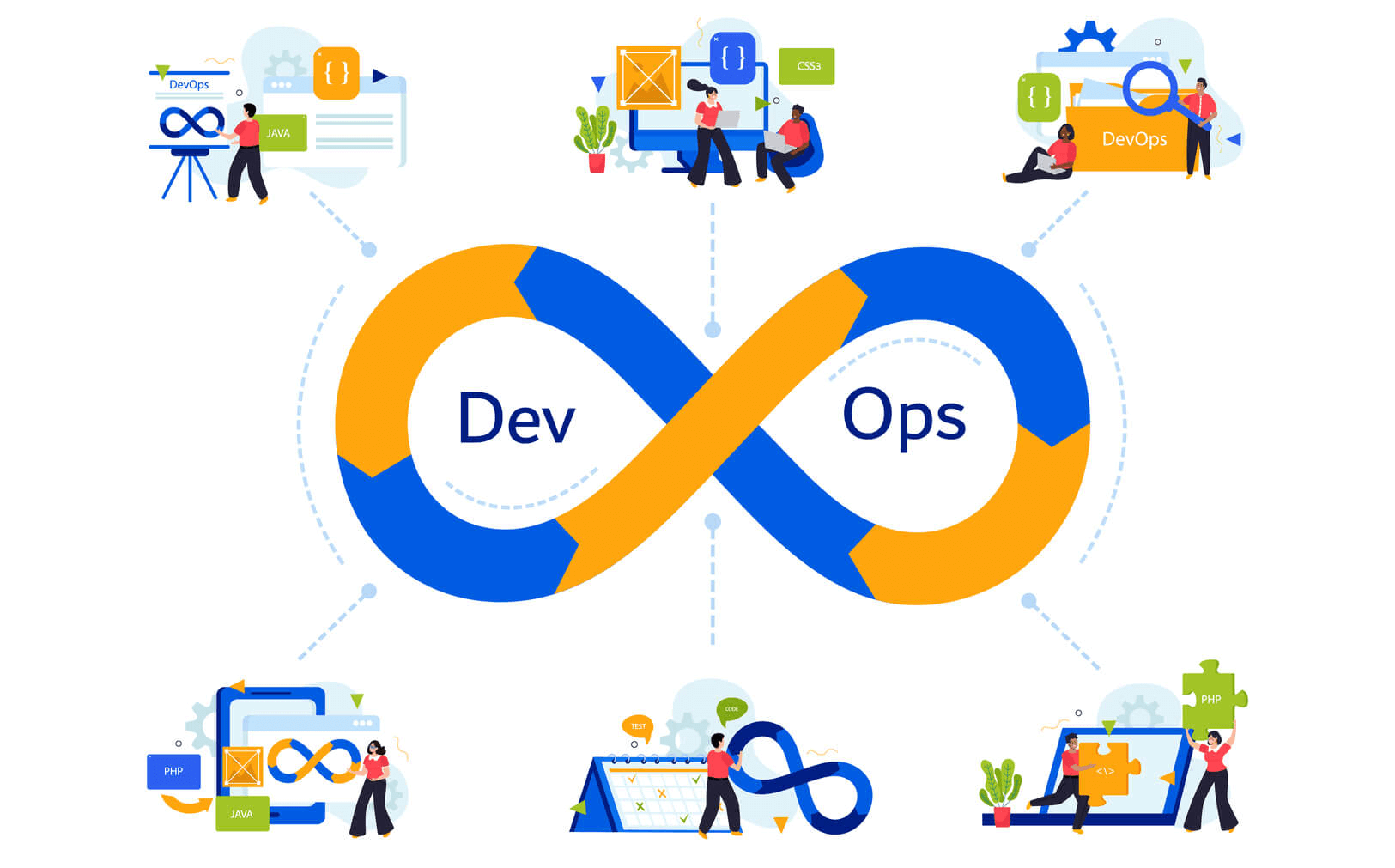
- Services
We will tailor our process and solution to
your needs
Send a Message
We’re here to answer any question you may have.
- Technologies
Third Gen
Mobile
Design
Let’s create your incredible digital product together

Send a Message
We’re here to answer any question you may have.
- Industries
We work across many industries – Find yours!
We will tailor our process and solution to your needs

Send a Message
We’re here to answer any question you may have.
- Who we are

Send a Message
We’re here to answer any question you may have.



